Mitosis: Revolutionizing Synergy in Layer 1 Projects
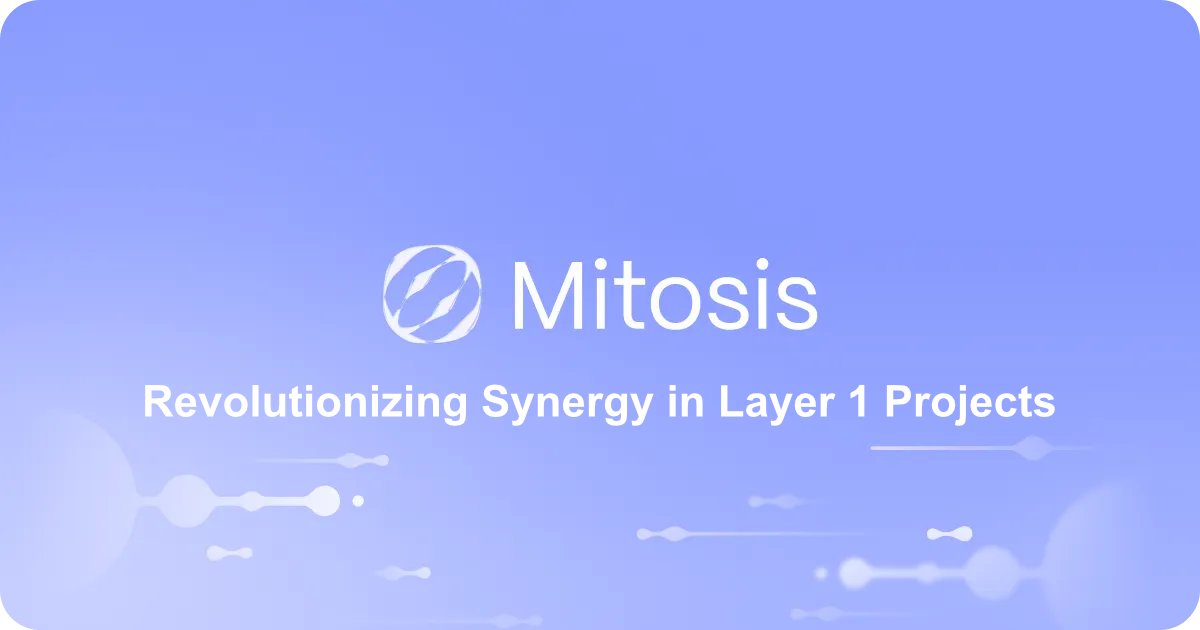
Introduction
- Start with a compelling hook: In today's blockchain industry, Layer 1 projects have become the foundation for many innovative solutions. They define the fundamental architecture of decentralized ecosystems, ensuring scalability, security, and decentralization.
- Context and significance of the topic: However, in a world that constantly evolves, the need for interaction between these projects grows to unlock the true potential of the technology. This is where the concept of Mitosis comes into play — a mechanism that unites Layer 1 projects through synergy.
- Expectations: In this article, we will explore which projects can best utilize this approach, how they collaborate, and what opportunities emerge for the blockchain industry.
What are Layer 1 Projects, and Why is Synergy Important?
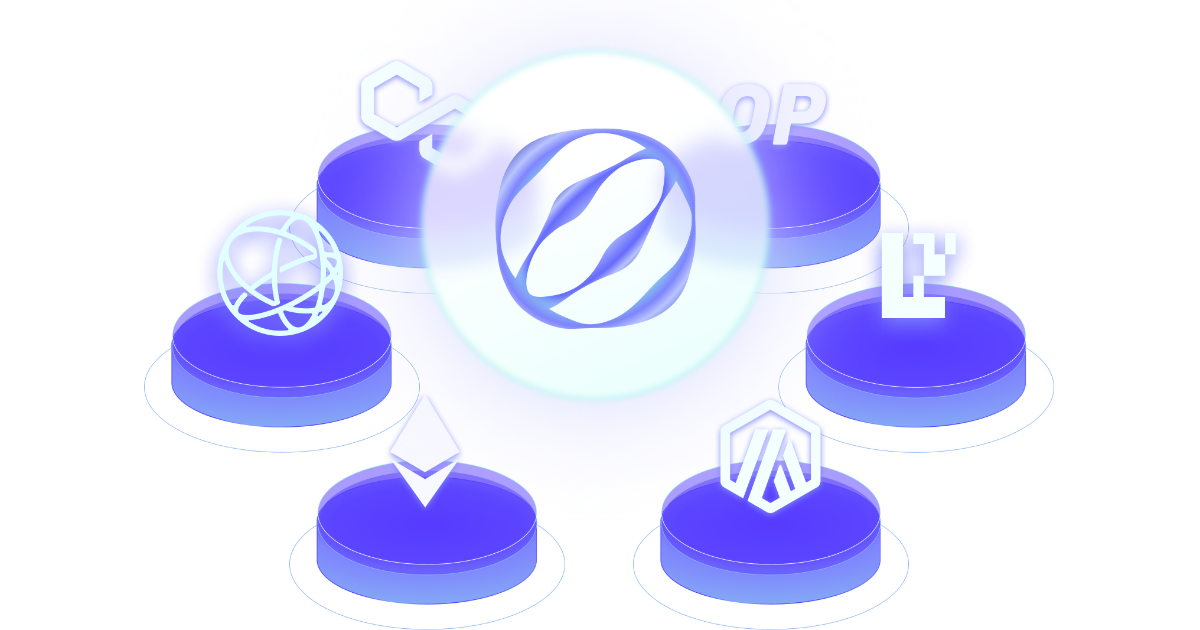
- Description of Layer 1 projects: Layer 1 projects like Ethereum, Solana, Polkadot, and Avalanche are foundational platforms supporting various decentralized applications (dApps). Their primary goal is to ensure scalability, security, and performance.
- Limitations: Even the most robust platforms face limitations such as bottlenecks in transaction speed, high fees, and limited integration capabilities with other networks.
- Role of Mitosis: Mitosis offers an innovative approach to addressing these challenges through synergy, utilizing specialized bridges, smart contract integration, and data exchange.
Examples of Projects with Mitosis Synergy Potential
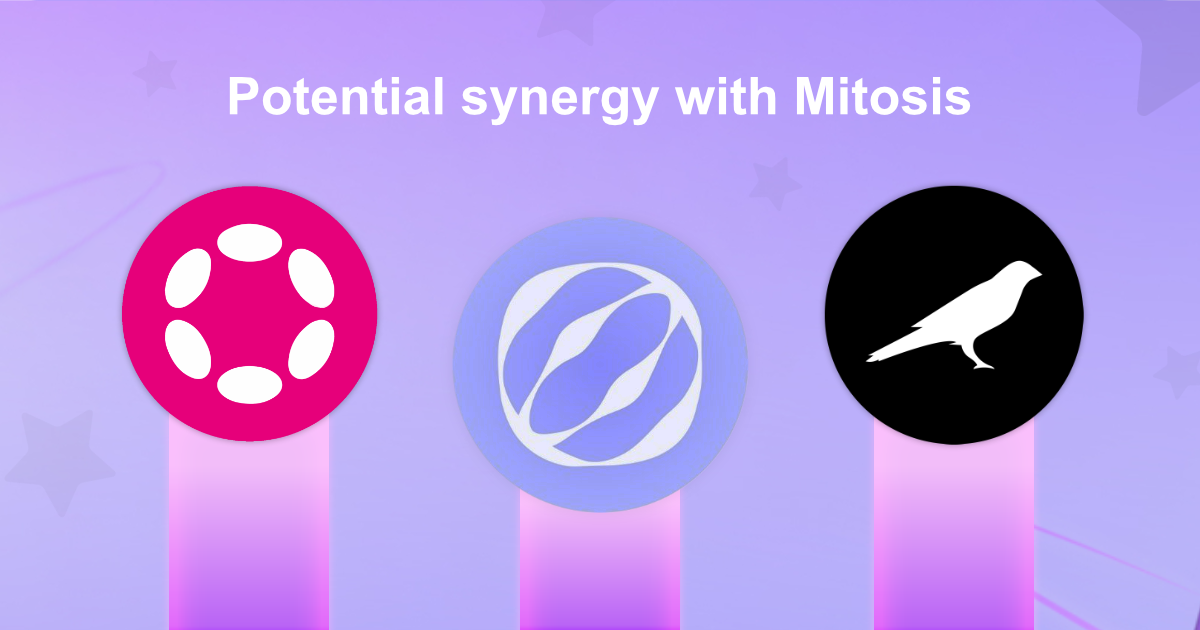
- Essence: Polkadot was created for interoperability, and its architecture already supports the concept of synergy.
- Expanding capabilities: The use of parachains allows different blockchains to operate in parallel, minimizing main network congestion. Mitosis can add adaptive data exchange mechanisms between Polkadot and other Layer 1 networks.
- Potential with Mitosis: Through advanced data exchange mechanisms and enhanced cross-chain communication, Mitosis can help these two networks achieve seamless interoperability with external platforms, expanding their utility and reach.
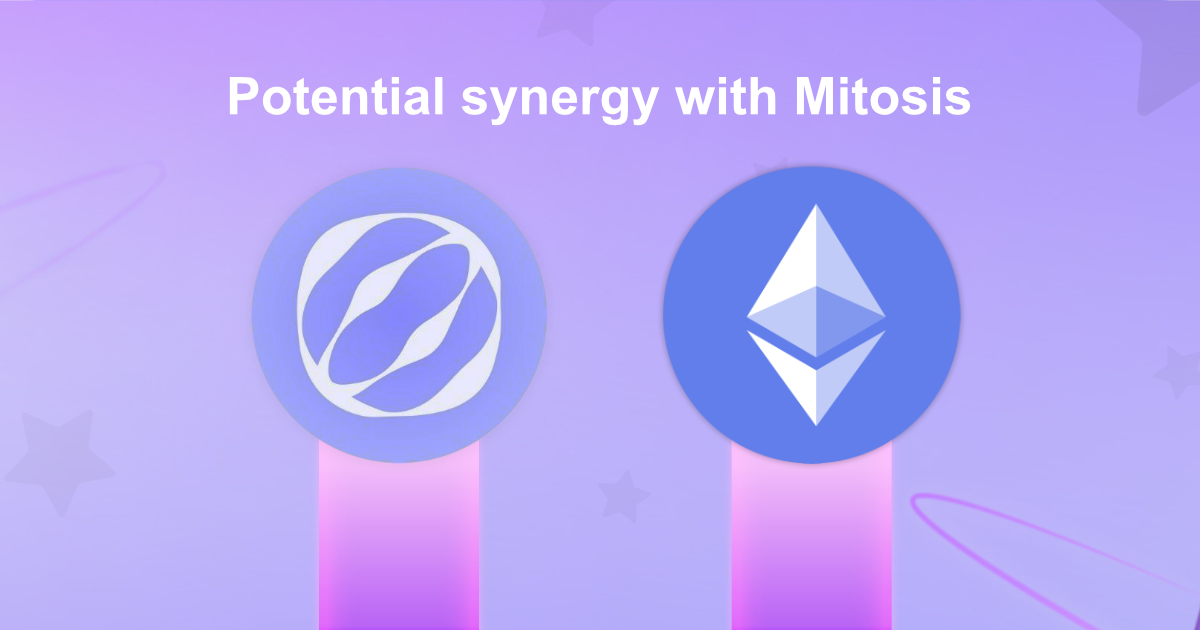
- Challenges: Ethereum remains the dominant blockchain due to its dApp and DeFi ecosystem. However, high fees and limited scalability push users to seek alternatives.
- Solution: Integration via Mitosis will enable the main network to offload traffic using Layer 2 solutions (e.g., Arbitrum or Optimism) without compromising security or decentralization.
- Potential with Mitosis: By incorporating Mitosis, these Layer 2 solutions can integrate more effectively with Ethereum, enabling a unified user experience. This would allow developers to create multi-layered dApps that leverage the strengths of both Ethereum and its scaling solutions.
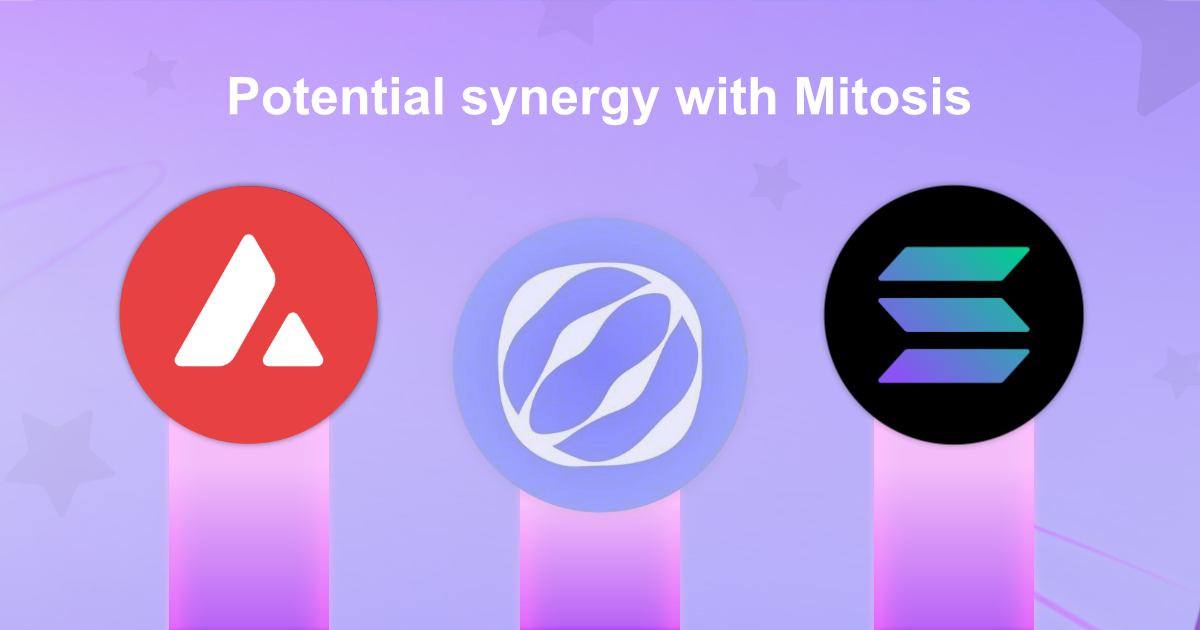
- Characteristics: Avalanche focuses on scalability through subnets, while Solana ensures ultra-fast transactions.
- Collaboration: With Mitosis, these platforms can create a unified infrastructure for multi-assets and integrated DeFi tools.
- Potential with Mitosis: Mitosis can establish an interconnected infrastructure where Avalanche's subnet capabilities complement Solana's speed, creating a powerful foundation for DeFi applications, NFT marketplaces, and multi-chain ecosystems. This synergy could also reduce user friction by enabling seamless asset transfers and data sharing between the two networks.
Unique Advantages of the Mitosis Approach
Global liquidity
Users can move assets between different blockchains without needing third-party bridges. This reduces friction and enhances user experience, especially for those engaged in multi-chain DeFi activities.
Enhanced security
Decentralized integration reduces the risk of attacks on individual networks by distributing the security burden across interconnected systems. This approach also minimizes the reliance on centralized solutions like custodial bridges, which are frequent attack targets
New business models
Collaborative platforms enable the creation of new services, such as multi-chain wallets or cross-chain financial products. These services open doors for businesses to target broader audiences and create value through innovative use cases.
Optimized performance
Mitosis facilitates efficient resource utilization by enabling Layer 1 projects to share computational tasks. This cooperation enhances the overall performance of networks, reduces congestion, and lowers costs for users
Future-proofing the blockchain ecosystem
By fostering interoperability, Mitosis ensures that individual blockchains are not isolated. Instead, they can adapt to new advancements, integrate with emerging technologies, and remain relevant in an ever-changing digital landscape.
Conclusion

- Summary: The synergy of Layer 1 projects through Mitosis represents a groundbreaking shift in the blockchain industry. By addressing technical bottlenecks and fostering collaboration, Mitosis enables the creation of a more interconnected and efficient ecosystem.
- Practical takeaways: Users stand to benefit from faster transactions, lower costs, and seamless multi-chain experiences. For businesses, the integration of Mitosis paves the way for innovative product development and wider market access. The industry as a whole becomes more resilient, capable of adapting to emerging trends and technologies.
- Final thoughts: As the blockchain landscape continues to expand, the need for synergistic solutions like Mitosis becomes undeniable. The success of this transformation hinges on the willingness of Layer 1 projects to embrace collaboration and work toward a shared vision of the future.
- Question: Are we ready for this transformation? The answer depends on the ability of Layer 1 projects to unite their efforts in building a shared future.
Official links to Mitosis: Website | Discord | X | Telegram



Comments ()